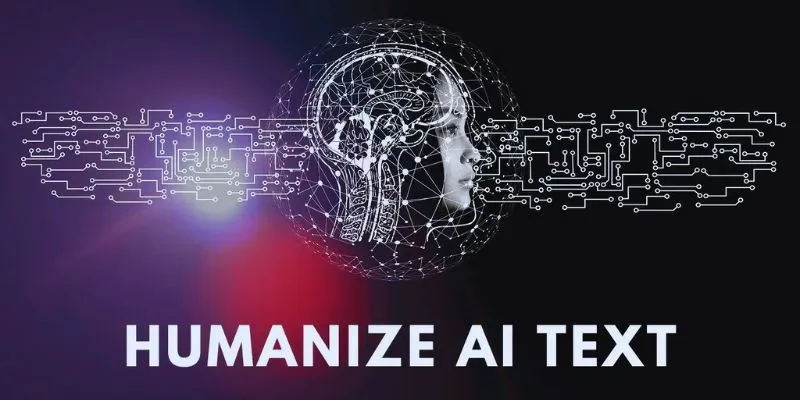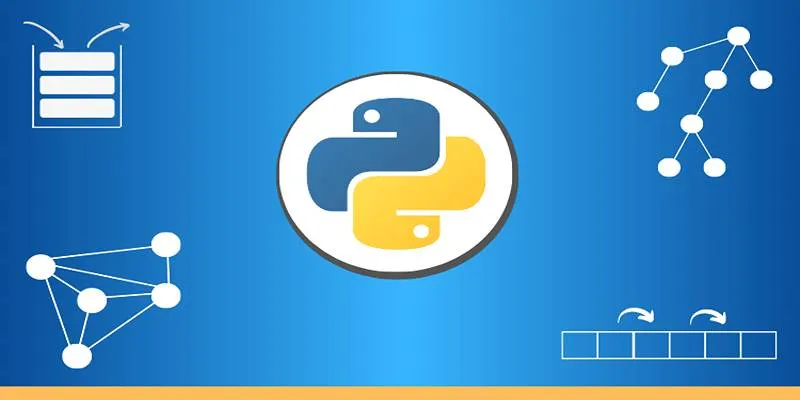In today’s fast-paced digital world, businesses and researchers are constantly seeking faster methods to process larger datasets and develop smarter machine- learning models. Traditionally, code execution was limited to a single computer, a method that no longer suffices for advancing artificial intelligence (AI). This is where Ray steps in.
Ray is an open-source distributed computing framework that effortlessly scales AI and machine learning (ML) applications. From hyperparameter tuning to model deployment, Ray offers tools that support the entire machine-learning lifecycle. Its power lies in its simplicity—developers can write Python code as they normally would and let Ray manage distribution and scaling across multiple machines.
This guide delves into how Ray works , its core features, and why it has become a game-changer in building scalable AI and ML applications.
What is Ray?
Ray is a flexible framework designed to simplify distributed computing. Developed at the UC Berkeley RISELab, Ray supports a variety of AI workloads by enabling parallel computing without requiring complex code changes. It breaks tasks into smaller units and executes them across multiple processors, GPUs, or even cloud-based nodes.
Ray is built specifically to meet the demands of modern AI workloads. Whether the task involves deep learning, reinforcement learning, data preprocessing, or real-time serving, Ray ensures smooth operation at scale. At its core, Ray is not just a tool for machine learning—it’s a general-purpose distributed computing platform that brings scalability to Python applications.
Why Ray Matters in the AI and ML Landscape

As AI systems grow more complex, the need for scalability has increased. Training large models or analyzing big datasets requires resources that extend beyond a typical laptop or workstation. Ray addresses these challenges by offering a unified solution for distributed computing.
Ray simplifies the development of scalable ML applications by:
- Distributing workloads across clusters or cloud environments
- Supporting Python-native development
- Integrating with major ML frameworks
- Offering built-in libraries for model training, tuning, and deployment
Organizations working with AI often encounter performance bottlenecks or system limitations. Ray eliminates many of these concerns by making parallel processing more accessible.
Key Features That Set Ray Apart
Ray is more than just a computing framework—it provides a complete toolkit to support every stage of the ML pipeline. Its modular design and simple APIs make it a practical choice for both startups and enterprises.
Some of Ray’s standout features include:
- Ease of Use: Ray requires minimal changes to standard Python code, using decorators like @ray.remote to mark tasks.
- Automatic Resource Management: Ray efficiently handles CPU and GPU allocation.
- Multi-Framework Support: Ray works with PyTorch, TensorFlow, XGBoost, LightGBM, and more.
- Fault Tolerance: Built-in mechanisms allow processes to recover from failures automatically.
- Dynamic Scaling: Ray can scale from one machine to thousands, depending on workload size.
These features make Ray particularly useful for AI teams looking to streamline workflows while maintaining flexibility and speed.
Ray Ecosystem: Libraries That Power AI Workflows
Ray’s appeal is further enhanced by its rich ecosystem of libraries designed specifically for AI and machine learning.
Ray Tune
Ray Tune is a library for hyperparameter tuning. It automates the process of finding the best model configuration by testing different combinations in parallel.
Highlights of Ray Tune:
- Integrates with scikit-learn, PyTorch, and Keras
- Supports grid search, random search, and advanced algorithms like HyperOpt
- Offers live monitoring and early stopping
Ray Train
Ray Train helps scale model training across CPUs and GPUs. It abstracts the complexity of setting up distributed training, making it easier to train large models.
Advantages of Ray Train:
- Native support for TensorFlow and PyTorch
- Syncs weights and gradients across devices
- Logs metrics automatically
Ray Serve
Ray Serve is built for deploying ML models as web APIs. It handles requests in real-time and scales automatically based on demand.
Ray Serve features include:
- Simple deployment of Python-based ML models
- Integration with FastAPI and Flask
- Support for batch inference and traffic splitting
Each of these libraries addresses a specific challenge in the machine learning pipeline, giving developers the flexibility to choose based on their project’s needs.
Real-World Applications and Industry Use
Ray is already powering mission-critical AI workloads in industries ranging from transportation to e-commerce. Companies like Uber, Shopify, and Ant Financial have adopted Ray for its ability to handle complex machine-learning pipelines at scale.
Examples of Ray in action:
- Uber: Uses Ray to optimize ride pricing and improve real-time ETAs.
- Shopify: Applies Ray to scale its forecasting and inventory prediction systems.
- OpenAI: Utilizes Ray for large-scale reinforcement learning research.
These examples highlight Ray’s reliability and flexibility in real-world scenarios. It proves especially valuable when speed, accuracy, and scalability are crucial.
Best Practices for Working with Ray

To maximize the benefits of Ray, users should consider the following tips:
- Monitor with Ray Dashboard: Visualize cluster health, job status, and memory usage.
- Use Efficient Serialization: For large data, use Arrow or Apache Plasma.
- Optimize Task Size: Avoid tiny tasks; group smaller jobs for better performance.
- Test Locally First: Start on a local machine before scaling to the cloud.
Following these practices helps maximize performance and ensures smoother deployments.
Conclusion
Ray has emerged as a powerful tool for building scalable AI and machine learning applications. With its intuitive design, robust library ecosystem, and strong community support, Ray makes it easier than ever to develop, scale, and deploy intelligent systems. From startups needing to process user data in real-time to researchers training models on massive datasets, Ray opens the door to possibilities that were once limited by computing resources. As AI continues to grow in importance, frameworks like Ray will play a key role in helping teams work faster, smarter, and more efficiently.
 zfn9
zfn9























